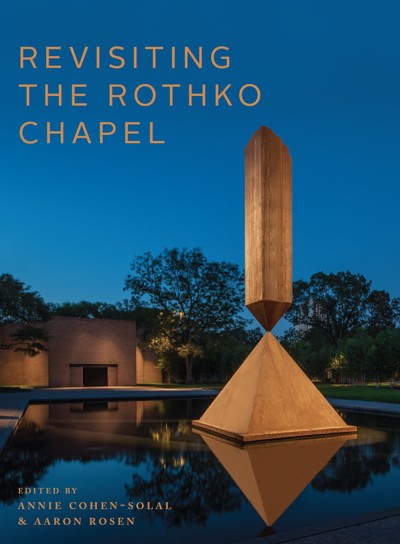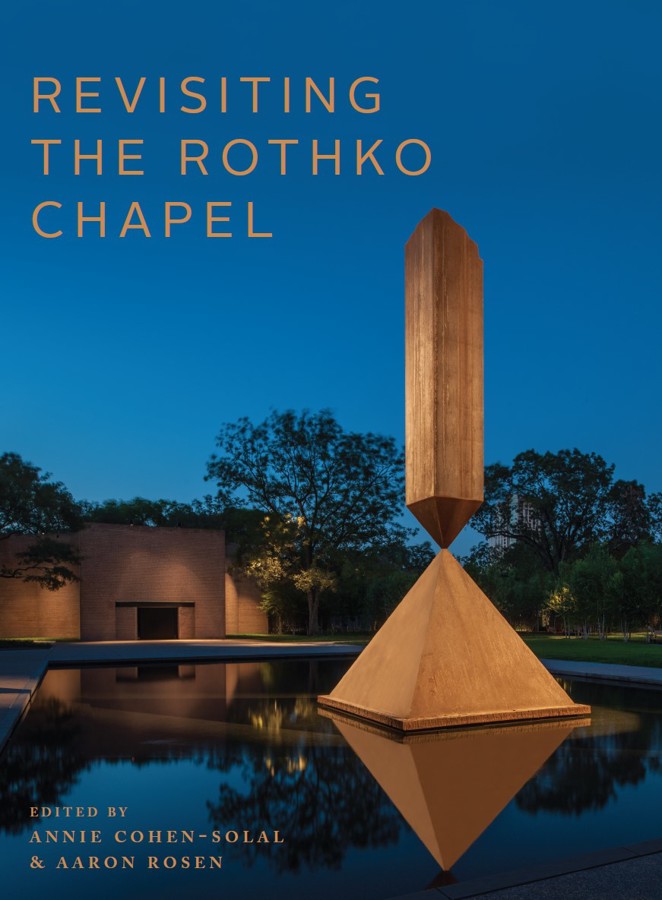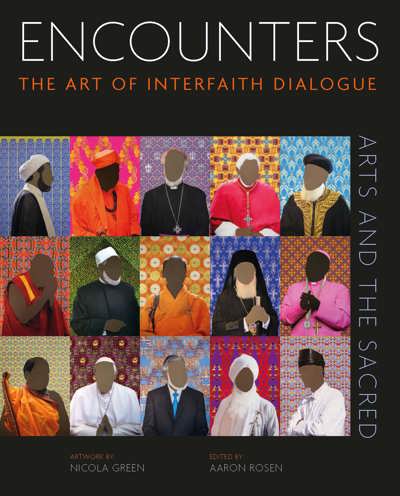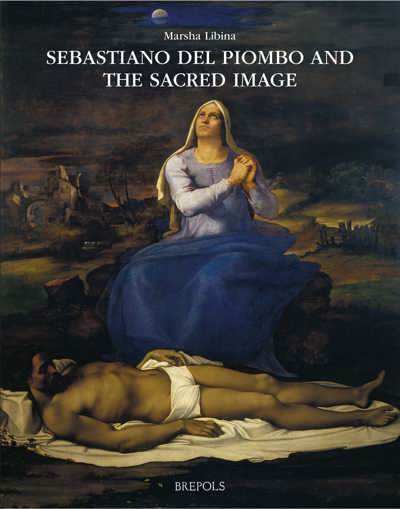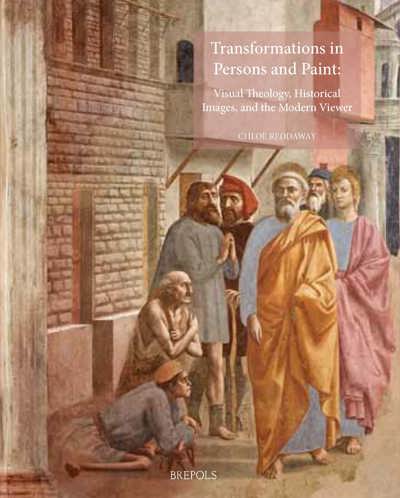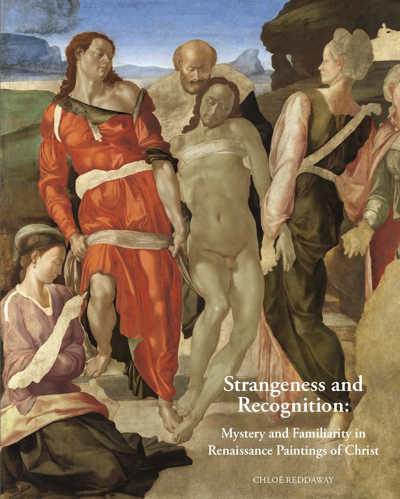
Revisiting the Rothko Chapel
Annie Cohen-Solal, Aaron Rosen (eds)
- Pages: 256 p.
- Size:225 x 300 mm
- Illustrations:16 b/w, 62 col.
- Language(s):English
- Publication Year:2024
- € 100,00 EXCL. VAT RETAIL PRICE
- ISBN: 978-2-503-59476-7
- Hardback
- Forthcoming (Jul/24)
*How to pre-order?
In the present volume, readers are invited to explore the intersecting spiritual and aesthetic dimensions that give the Rothko Chapel its great power.
ANNIE COHEN-SOLAL is Distinguished Professor at Bocconi University in Milan (Department of Social and Political Sciences). After her PhD from the Sorbonne, she led an academic career in Berlin, Jerusalem, New York and Paris, before gaining international recognition as a writer in 1985 with Sartre 1905-1980. As Cultural Counselor to the French Embassy in the United States (1989-1993), she started exploring the theme of art and immigration – as illustrated in her books: Painting American (Alfred A. Knopf, Prix Bernier, 2000); Leo Castelli his Circle (Alfred A. Knopf, Prix ArtCurial 2010); Mark Rothko (Yale UP, 2015); Picasso the Foreigner (Farrar, Straus, and Giroux,Prix Femina 2021), all widely translated. As curator, she produced Magiciens de la terre: Revisiting a Legendary Exhibition (Centre Pompidou, 2014 with Jean-Hubert Martin). Her most recent show A Foreigner Called Picasso presented in Paris (Musée de l’Immigration with Musée Picasso), New York (Gagosian Gallery) and Milan (Palazzo Reale) was awarded the Historia prize (2022) and the Baer Faxt Award (2023). Born in Algiers, Cohen-Solal lives between Paris, Cortona and Milan.
AARON ROSEN, PhD is a writer, curator, and non-profit leader, respected internationally for his work in the public humanities, interfaith dialogue, and the arts. He is Executive Director of The Clemente Course in the Humanities, a U.S. non-profit delivering transformative, free college courses to underserved communities. Dr. Rosen is also Visiting Professor of Sacred Traditions & the Arts at King’s College London, where he taught previously. He served as Director of the Henry Luce III Center for the Arts and Religion in Washington, DC and began his career as a fellow at Yale, Oxford, and Columbia Universities. He received his PhD from the University of Cambridge. Rosen has curated dozens of exhibitions and is founding director of the not-for-profit Parsonage Gallery in Maine. He is the author or editor of a dozen books, including What Would Jesus See?, Art & Religion in the 21st Century, and Journey through Art.
More than a half-century after its completion, the Rothko Chapel has become one of the great monuments of modern art as well as a veritable pilgrimage site for spiritual seekers. "I wonder if it is not prophetic", its founder Dominique de Menil noted in her inaugural address, "that Rothko should have left us with the one message that can be totally accepted by everyone, believers as well as non-believers: the sense of mystery." This book plumbs this mystery in fresh ways, bringing an international and consummately interdisciplinary roster of scholars and practitioners into conversation and reflection on the legacy of the Rothko Chapel. Beginning with an exploration of the plans for the chapel by the artist’s son, Christopher Rothko, the volume proceeds through an investigation of Rothko’s early writings to a study of the chapel’s interfaith dimensions as well as its place in social justice movements. It concludes with a breathtaking new collection of poems inspired by the chapel’s enduring mysteries.
David A. Leslie, Foreword
Annie Cohen-Solal, Introduction
Part I : Testimonies
Christopher Rothko, An Intimate Dialogue: Rothko's Studio and His Chapel
Dominique De Menil, Address at the Opening of the Rothko Chapel: February 27, 1971
Karen Rosa, Recognizing the "Other" as Another "I": Learning.from Dominique de Menil and the Commitment to Human Rights at the Rothko Chap
Part II: Jewish Memory and Identity
David N. Myers, A Portrait of the Artist as a Young Jewish Writer: Mark Rothko's Hebrew Notebook
Annie Cohen-Solal, Diasporic Trajectories and Subversive Convictions: How Dominique de Menil and Mark Rothko Conceived the Rothko Chapel
Andrea Pappas, Tragedy and Timeliness: Seeking a New Path in the 1940s
Part III: Painting at the Edge
Sheldon Nodelman, One Eighth of an Inch: Revisiting the Rothko Chapel's Panels
Romeo Castellucci in conversation with Annie Cohen-Solal, All the Chapel's a Stage
Thomas Crow, Pulverized Idols in the Art of Mark Rothko
Vivian Liska in conversation with Aaron Rosen, Too Sacred for Words?: Rothko as Reader and Writer
Part IV : Sacred Spaces in Dialogue
Jean-Hubert Martin, Altars of the World: Rothko in a Global Context
Aaron Rosen, Jewish Artists in Christian Spaces: Chagall, Rothko, and Nevelson
Ran Oron, A Spark of Darkness: An Architect Visits the Rothko Chapel
Part V : A Legacy of Advocacy
Karen Gonzalez Rice, Siting Broken Obelisk: Public Art, Whiteness, and the Rothko Chapel
Archibald S. Henry, A Memorial in Light of the Chapel: Collective Healing at the Kigali Genocide Memorial in Rwanda
Part VI : Poetic Responses
Travis He1ms, A Mystical Aesthetic: Contemporary Poetic Responses to the Rothko Chapel
Roberta Ahmanson, Afterword
